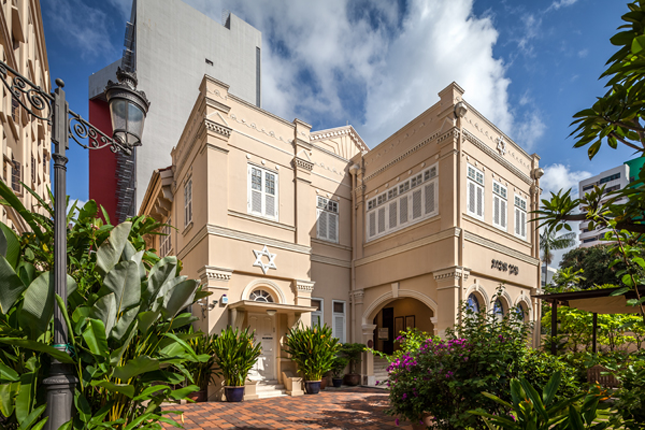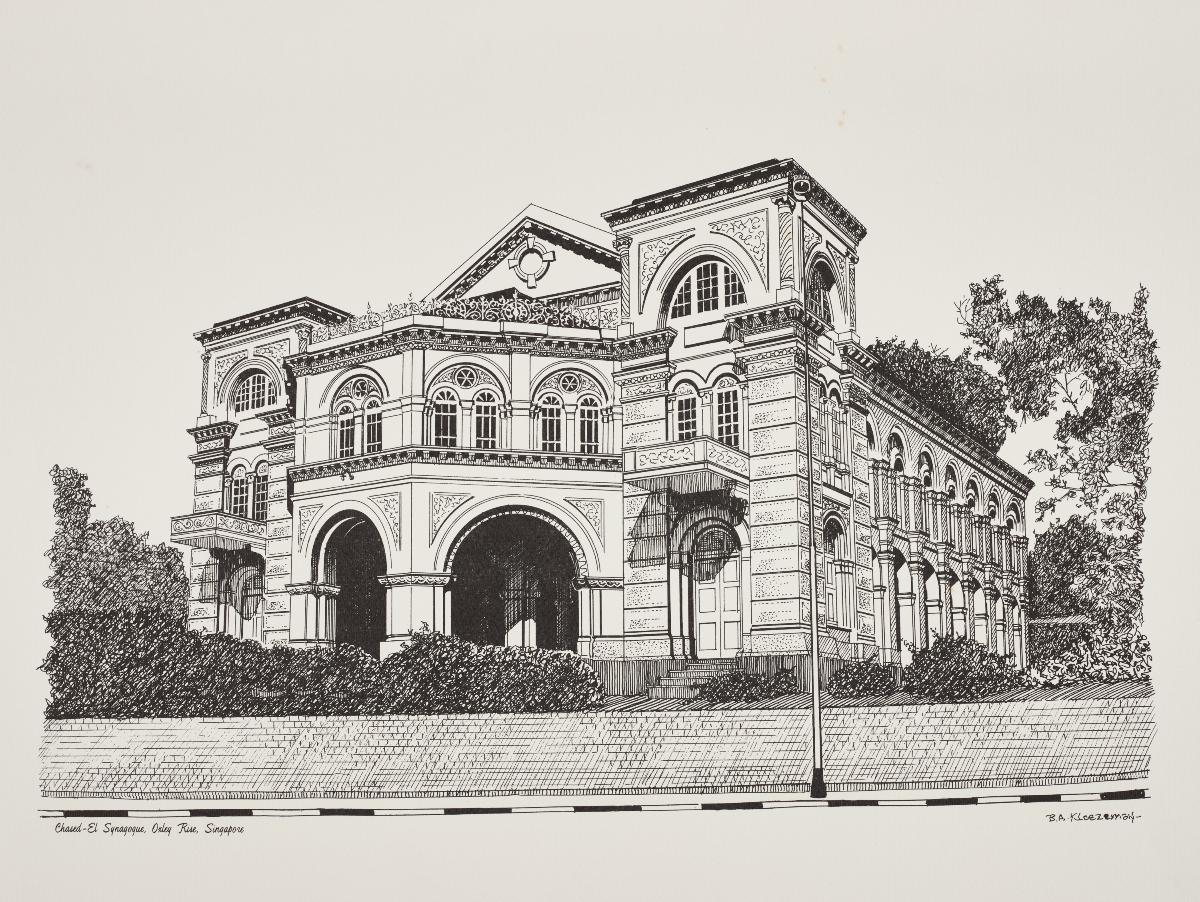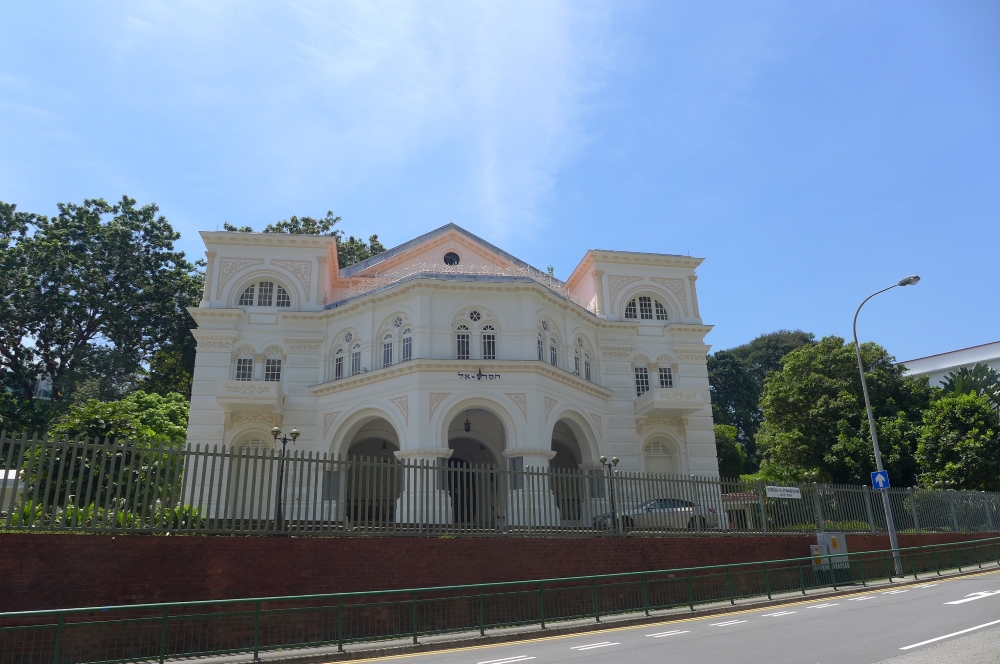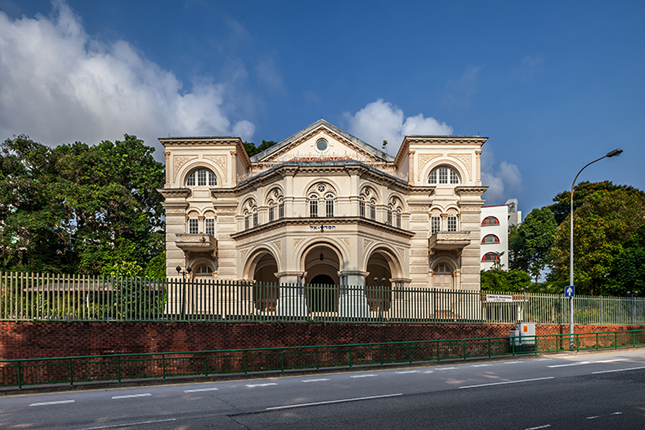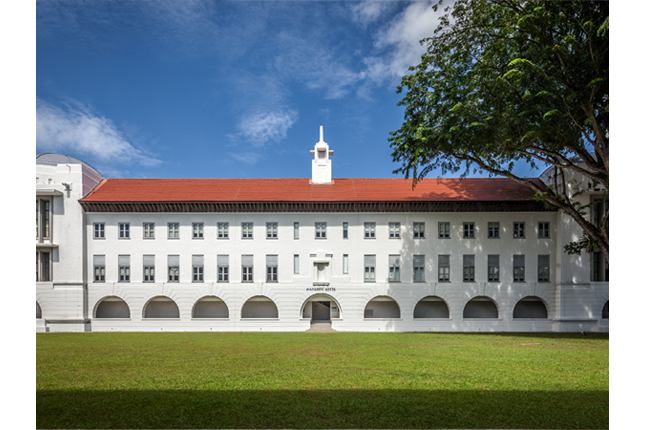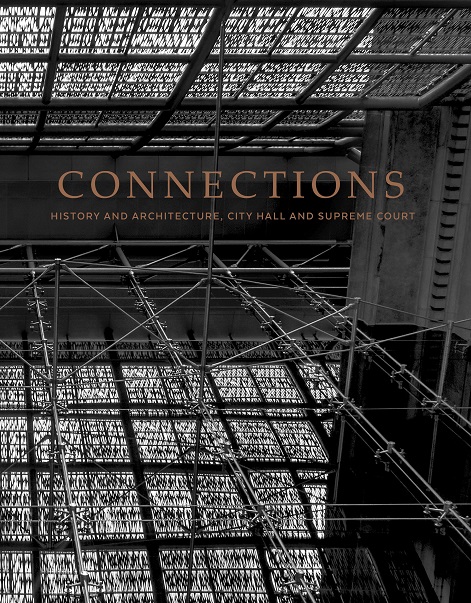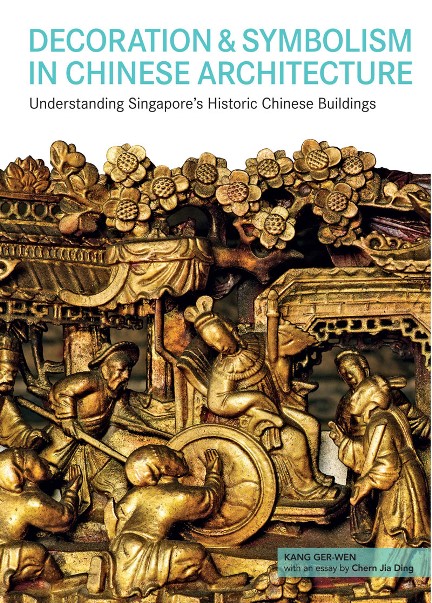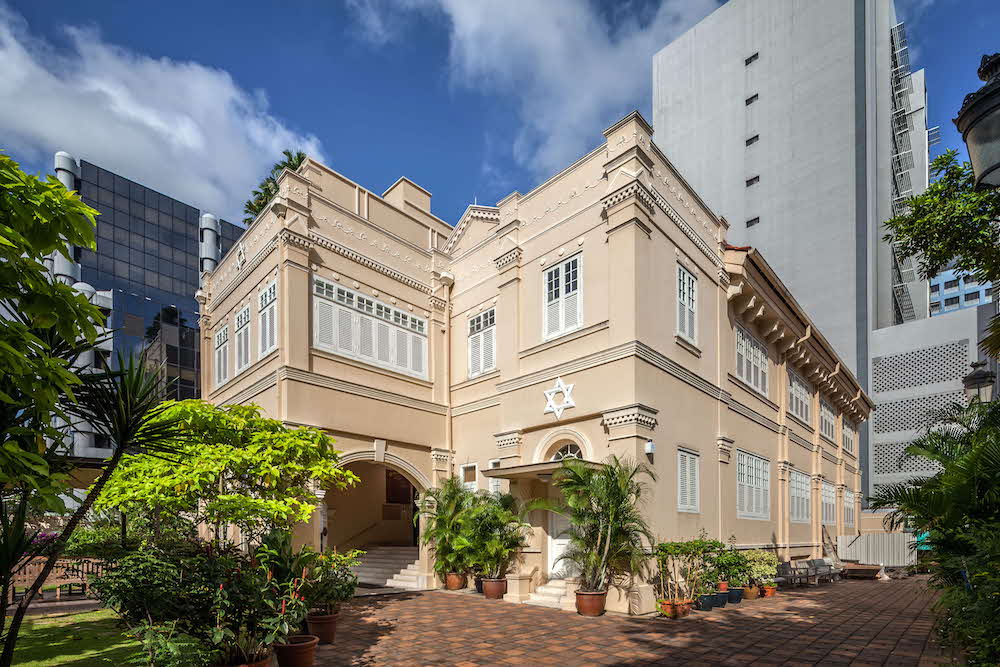Located in the former Jewish neighbourhood, Maghain Aboth Synagogue is the oldest surviving synagogue not only in Singapore, but also in Southeast Asia. It is one of Singapore’s two synagogues, the other being Chesed-El Synagogue. Maghain Aboth Synagogue is a living monument that bears witness to the contributions of the small but close-knit Jewish community in Singapore since the British colonial period.
Jewish Community in Singapore
While the first Jews in Singapore were largely of Iraqi Sephardic descent, there were also European Ashkenazi Jews. Many of the early Jews were merchants who traded in spices, cotton goods, timber, coffee, and legal opium. With the opening of the Suez Canal in 1869 and the consequent increase in commerce between Europe and Asia, many Jews prospered; some of these wealthy businessmen also became landowners and estate developers.
Despite their small community, the Jews in Singapore made significant contributions to the society at large. A prominent member of the community was Nathaniel Wallich, a Danish surgeon and botanist. A personal friend of Sir Stamford Raffles, he supported the latter’s plan to establish Singapore Botanic Gardens. Nissim Nissim Adis, a wealthy Jewish businessman, was the proprietor of the famed Hotel de l’Europe, which stood on the present site of the Former Supreme Court. Perhaps the most illustrious Jew in Singapore was Sir Manasseh Meyer. Not only was he instrumental in founding Singapore’s two synagogues, the philanthropist also donated generously to other causes, including the construction of Raffles College.
New Synagogue
The synagogue is central to the Jewish culture and way of life. Not only does it serve as a religious house, it is also an important community and social space for the Jewish community. Most of the early Jewish immigrants settled in the Boat Quay area, near Commercial Square (present-day Raffles Place). The first synagogue, in the form of a shophouse, was built on Synagogue Street located within the Jewish quarter.
By the 1870s, many Jewish merchants and families had moved from the commercial centre to the residential areas in Dhoby Ghaut and Bras Basah. As the Jewish population in Singapore increased over the years, it became evident that a larger synagogue – and one that was nearer to the Jewish neighbourhood – was needed to serve the local community. The appointed trustees of the proposed synagogue were Abraham Solomon, one of the earliest Jewish pioneers who was a trader and property owner; Joshua Raphael Joshua, who became successful in the opium trade; and Manasseh Meyer, Joshua’s nephew who was a wealthy merchant and highly regarded philanthropist.
After a failed attempt to erect the new synagogue, Meyer approached Attorney-General Thomas Braddell in 1873 for permission to sell the existing shophouse synagogue and acquire land for the new one. The government granted his request, and a plot on Waterloo Street, opposite the Church of Saints Peter and Paul and Saint Joseph’s Institution, was chosen. Construction soon began and the synagogue was finally completed five years later. On 4 April 1878, Maghain Aboth Synagogue was consecrated. Its name means ‘Shield of Our Fathers’ in Hebrew. The synagogue also housed a mikvah (a ritual bath).
Since Jewish men and women worship separately in a synagogue, the one-storey Maghain Aboth Synagogue could accommodate only men when it was first completed. At his own expense, Meyer added a simple wooden gallery where women could also participate in religious services. In 1925, a more solid and permanent gallery was constructed, and remains in use today.
Community Space
The synagogue is the meeting place of the Jewish community for weekly Sabbath services and also religious festivals, including Rosh Hashanah, the Jewish New Year’s Day; Yom Kippur, the Day of Atonement; the Passover, which celebrates Moses leading the Jewish people out of slavery in Egypt; and Tishah B’Av, which commemorates the destruction of Jewish temples in Jerusalem.
As part of the covenant God made with the Jewish people, Jewish boys are ritually circumcised in the synagogue eight days after birth. Bar Mitzvah and Bat Mitzvah, the rite of passage from childhood to adulthood for boys and girls respectively, as well as weddings and funerals, are also conducted in the synagogue.
In 1978, the Jews in Singapore celebrated the centennial anniversary of Maghain Aboth Synagogue. The guest-of-honour for the auspicious occasion was David S. Marshall, Singapore’s first Chief Minister and a prominent lawyer, who was an active member of the local Jewish community.
Architecture and Furnishing
Maghain Aboth Synagogue adopted several Neoclassical architectural elements in its design, including traditional Roman columns, pilasters, and arches. Dentils line and adorn the cornices around the building. Three Stars of David, the symbol often associated with the Judaic faith, are prominently displayed on the front façade.
The focus inside the synagogue is none other than the ark, an ornamented receptacle where Torah scrolls are reverently kept. It faces westward, towards the Jewish holy city of Jerusalem. The ark is covered with a parochet, a beautiful curtain embroidered with Hebrew verses and designs. In the middle of the prayer hall stands a wooden bimah, from where the rabbi leads the congregational prayers. Before air-conditioning was installed, the high ceiling and large windows allowed the interior to be well ventilated. Seats with woven cane backing also ensured maximum coolness and comfort for worshippers.
Maghain Aboth Synagogue Today
In 2007, Jacob Ballas Centre – named after the well-known Jewish stockbroker and philanthropist – was opened next to Maghain Aboth Synagogue. This provided additional facilities for the Jewish community, including a slaughtering room for chickens, a kosher shop, and a social hall.
Maghain Aboth Synagogue is presently managed by the Jewish Welfare Board and remains the main place of worship for the Jewish community. Monday morning prayers are, however, held at Chesed-El Synagogue. In addition to daily prayer and Sabbath services, festival celebrations are still regularly held in the synagogue.
Our National Monuments
Our National Monuments are an integral part of Singapore’s built heritage, which the National Heritage Board (NHB) preserves and promotes for posterity. They are monuments and sites that are accorded the highest level of protection in Singapore.




